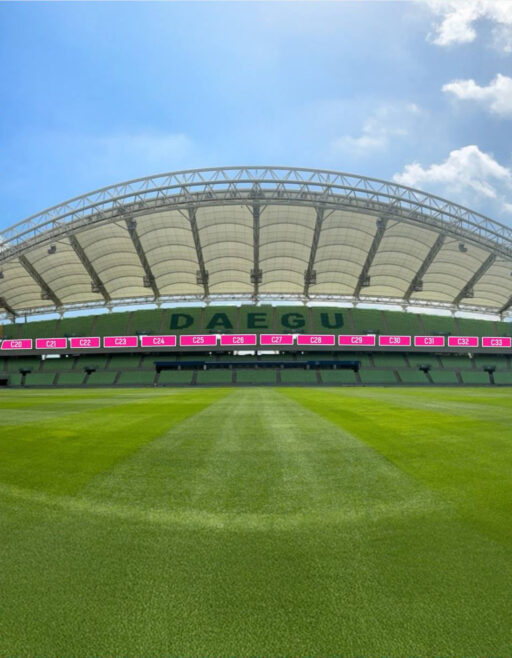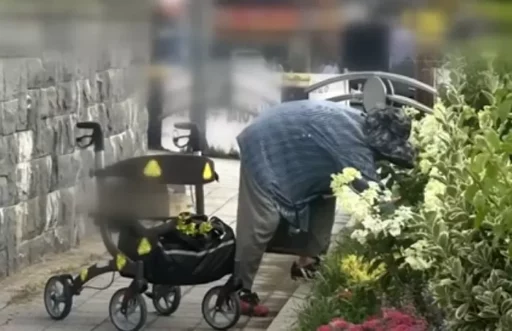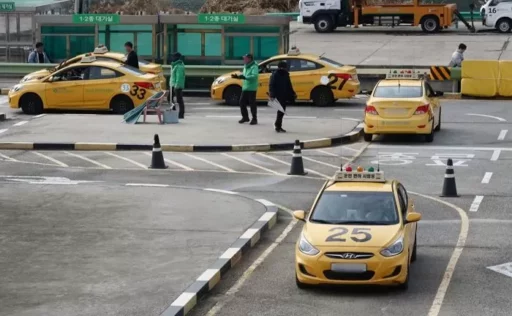The gap in minimum wage between labor and management has narrowed, but reaching an agreement remains difficult.
The differences in positions between labor and management regarding next year's minimum wage have decreased to a three-digit figure (below 1,000 won), but they have yet to reach a final agreement.
Social interest is focused on what level the minimum wage increase rate will be decided for the first year of the Lee Jae-myung administration.
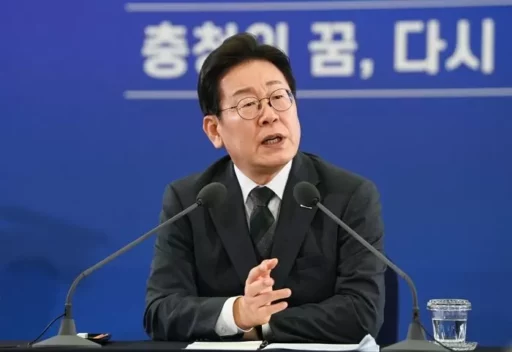
In previous administrations, the minimum wage increase rate in the first year of governance has been recognized as an important indicator that goes beyond mere numbers, reflecting the direction of labor policy for the next five years. Given that the Lee Jae-myung government emphasizes 'labor respect' as a core value, expectations within the labor sector for the first minimum wage decision are notably high.
According to the Minimum Wage Commission on the 7th, the minimum wage increase rate in 2018, the first year of the Moon Jae-in administration, was the highest level in the last 10 years at 16.4% (1,060 won higher compared to the previous year), while in 2023, the first year of the Yoon Suk-yeol administration, it was increased by 5.0% (460 won higher).
Political Significance and Economic Reality of Minimum Wage Determination
Since its inauguration, the Lee Jae-myung government has continually emphasized 'labor respect' and has proposed various labor pledges including a 4.5-day work week, extended retirement age, and expansion of the Labor Standards Act.
In this context, the first minimum wage decision is expected to be an important milestone that demonstrates the continuity and practicality of the government's policies.
There are concerns within the government that if the increase rate in the first year is too low, it could damage public trust in labor policies.
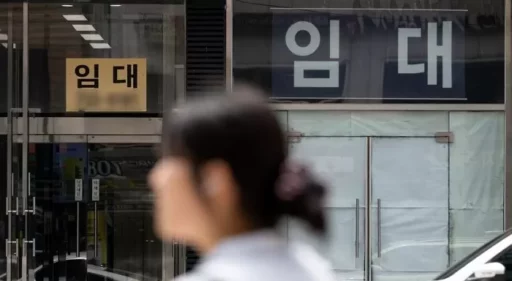
However, the current economic situation is challenging.
Considering multiple economic difficulties such as high inflation, poor export performance, increase in self-employed business closures, and labor cost burdens for small and medium enterprises, the two-digit increase rate initially claimed by the labor sector is realistically difficult to achieve. Consequently, the labor sector has adjusted its target increase rate to a single-digit figure.
Reviewing the sixth revised proposal submitted by both labor and management, the labor sector proposed an hourly wage of 10,020 won (a 9.9% increase from the current 10,030 won), while management proposed 10,150 won (a 1.2% increase).
In light of last year's minimum wage increase rate of 1.7%, which was low, voices within the labor sector are asserting that this year a minimum increase rate of at least 2% must be secured.
For reference, the 1.7% increase rate from last year is the second lowest in the last ten years, with the lowest being 1.5% in 2021, impacted by the COVID-19 pandemic.
Despite the narrowing of the gap between labor and management, reaching an agreement remains challenging.
Currently, both sides are narrowing their differences by exchanging revised proposals through the full meeting of the Minimum Wage Commission.
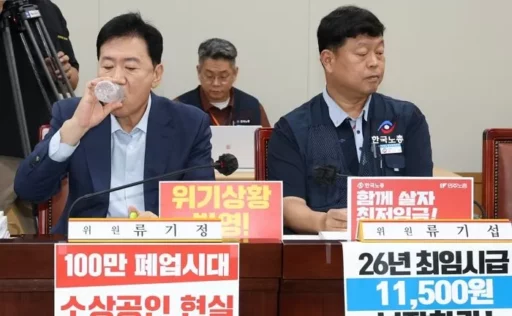
During the 9th full meeting held on the 3rd, the labor sector submitted a proposal for 10,020 won per hour while management proposed 10,150 won, reducing the gap to 870 won.
Although the gap has been narrowed to three-digit disparities in hourly wages, significant fundamental differences in positions still exist between the two sides, suggesting that more time will be needed to reach a final agreement.
The labor sector argues that significant increases are necessary to address the real wage decline caused by high inflation, while the employer side maintains that the minimum increase should be limited due to the payment capacity limits of small businesses.
In this situation, public interest representatives of the Minimum Wage Commission are urging labor and management to autonomously reach an agreement by withholding the suggestion of a 'facilitating review interval'.
Industry experts analyze that considering the flow of recent meetings along with inflation and economic indicators, an increase rate around 2.0-3.0% is likely to be derived.
This outlook comprehensively considers the backlash against last year's low increase rate (1.7%), the change in administration, the necessity of preserving real wages due to high inflation, and concerns regarding the payment capacity of small businesses.
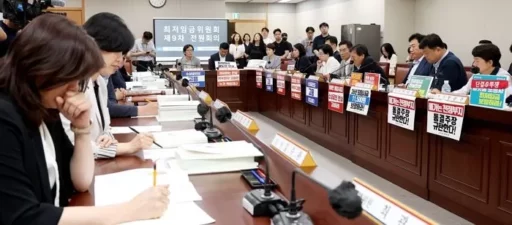
A labor sector official stated, "If we consider inflation rates, real wages, and the burden on small businesses, I believe the minimum wage increase rate will be determined around 2-3%," adding, "Though it is early in the administration, it will be hard to ignore the economic conditions."
During last year's minimum wage decision process, the public interest representatives presented a facilitating review interval (negotiation range), which led to voting outcomes that raised issues regarding the lack of consensus between labor and management and procedural legitimacy. Thus, this year, there is an emphasis within and outside the committee that a compromise reflecting both justification and acceptability must be reached through labor-management agreement.
Meanwhile, the Minimum Wage Commission is set to receive a seventh revised proposal from labor and management at the 10th full meeting on the 8th and will continue discussions to decide next year's minimum wage.
Image Source: Lee Jae-myung, President / News1, Reference photos to assist in understanding the article / News1, During the 9th full meeting of the Minimum Wage Commission held on the 3rd at the Government Complex Sejong, user committee member Ryu Ki-jung and worker committee member Ryu Gi-seop listen to remarks before the meeting. / News1, 9th full meeting of the Minimum Wage Commission held at the Government Complex Sejong on the 3rd / News1
